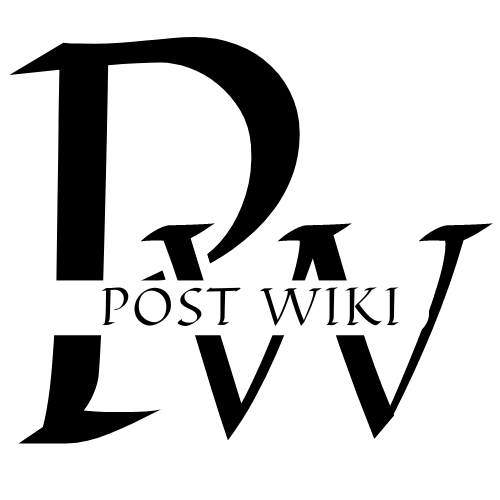In today’s global market, bringing a new product from development to approval and launch is a complex process.
The key to success lies in understanding regulatory compliance, a crucial component that can make or break your product’s entry into the market. For businesses eager to introduce their innovations, comprehending regulatory requirements and executing a robust compliance strategy is essential.
This blog post will guide you through the intricate world of compliance, offering insights that are indispensable for obtaining product approval.
Why Regulatory Compliance is Crucial in Product Development
Meeting Standards and Guidelines
Regulatory compliance ensures that products meet specific standards and guidelines set by authorities. These standards are designed to protect consumers by ensuring that products are safe and effective. Understanding these guidelines early in the product development process can save time and resources.
Avoiding Legal and Financial Consequences
Failure to comply with regulatory requirements can lead to severe legal and financial repercussions. Companies may face fines, product recalls, or even a complete halt in operations. By prioritizing compliance, businesses can safeguard themselves against these risks and maintain their reputation.
Enhancing Consumer Trust and Confidence
Compliance with regulations not only protects the company but also builds consumer trust. When customers know that a product has undergone rigorous testing and approval, they are more likely to have confidence in its safety and efficacy, which can lead to increased brand loyalty and sales.
Understanding Different Regulatory Requirements
Local vs. International Regulations
Regulatory requirements can vary significantly between local and international markets. Companies must be aware of these differences to ensure compliance in each region where they plan to sell their products. This may involve understanding the nuances of various regulatory bodies and adjusting strategies accordingly.
Industry-Specific Compliance Needs
Different industries have specific compliance needs that must be adhered to. For instance, pharmaceutical companies must comply with FDA regulations, while electronics manufacturers may need to meet FCC guidelines. Identifying the relevant industry-specific requirements is a vital step in the compliance process
The Role of a Certified GMP Auditor
A certified GMP (Good Manufacturing Practice) auditor plays a pivotal role in ensuring that product development processes meet regulatory standards. These auditors evaluate manufacturing practices, identify potential compliance issues, and suggest improvements to align with regulations, thereby facilitating smoother product approvals.
Crafting a Compliance Strategy for Product Approval
Developing a Comprehensive Compliance Plan
A well-structured compliance strategy begins with a detailed plan that outlines the steps necessary to meet regulatory requirements. This includes identifying the regulations that apply to the product, setting timelines, and allocating resources effectively. A clear plan provides a roadmap for navigating the complexities of compliance.
Engaging Experts and Stakeholders
Successfully executing a compliance strategy often requires collaboration across various departments and with external experts. Engaging stakeholders such as regulatory consultants, legal advisors, and certified GMP auditors can provide valuable insights and ensure that all regulatory aspects are addressed comprehensively.
Utilizing Technology for Compliance Management
Leveraging technology can significantly streamline the compliance process. Tools and software designed for compliance management can automate documentation, track changes in regulations, and provide real-time updates, making it easier for companies to stay compliant throughout the product lifecycle.
Key Steps in the Product Approval Process
Conducting Thorough Risk Assessments
Risk assessment is a critical step in the product approval process. It involves identifying potential risks associated with the product, assessing their impact, and devising strategies to mitigate them. This proactive approach helps in addressing possible compliance issues before they become significant problems.
Preparing Comprehensive Documentation
Proper documentation is essential for demonstrating compliance with regulatory requirements. This includes everything from product specifications and testing results to manufacturing processes and safety protocols. Ensuring that documentation is complete and accurate can expedite the approval process.
Submitting for Regulatory Review and Approval
Once all compliance requirements are met, the next step is to submit the product for regulatory review. This involves presenting the documentation to the relevant regulatory bodies for evaluation. Understanding the submission process and requirements can increase the chances of a successful product approval.
Common Challenges in Achieving Regulatory Compliance
Keeping Up with Evolving Regulations
Regulatory landscapes are continually changing, and staying updated with these changes can be challenging. Companies must have systems in place to monitor regulatory updates and adapt their compliance strategies accordingly to avoid falling behind.
Balancing Innovation with Compliance
Innovation is at the heart of product development, but it must be balanced with compliance. Companies often face the challenge of pushing the boundaries of innovation while ensuring that their products adhere to regulatory standards. Finding this balance is crucial for successful product approval.
Managing Resource Constraints
Compliance efforts can be resource-intensive, requiring significant time, personnel, and financial investment. Managing these resources effectively is essential to maintaining compliance without hindering other business operations. Strategic planning and prioritization can help overcome these constraints.
Benefits of Successfully Achieving Product Approval
Accelerating Market Entry
Achieving product approval paves the way for faster market entry, allowing companies to capitalize on their innovations quickly. By reducing the time to market, businesses can gain a competitive edge and enhance their growth prospects.
Building Long-Term Brand Loyalty
Products that meet regulatory standards and receive approval are more likely to gain consumer trust and satisfaction. This trust translates into long-term brand loyalty, fostering repeat purchases and positive word-of-mouth referrals.
Driving Business Growth and Innovation
A robust compliance framework empowers companies to innovate confidently and explore new opportunities. By establishing strong foundations for compliance, businesses can focus on creative product development and drive sustainable growth in competitive markets.
Conclusion
In the competitive landscape of product development, understanding regulatory compliance is not just a necessity; it’s a strategic advantage.
By mastering the intricacies of regulatory requirements, engaging certified GMP auditors, and crafting an effective compliance strategy, businesses can achieve successful product approval and thrive in the market. Remember, compliance is an ongoing process that demands dedication and vigilance.
With the right approach, companies can turn compliance challenges into opportunities for innovation and growth, ensuring their products make a significant impact in the marketplace. Whether you’re just starting or looking to refine your compliance strategy, these insights will set you on the path to success.










